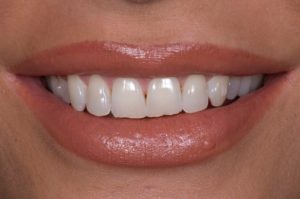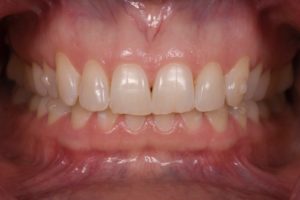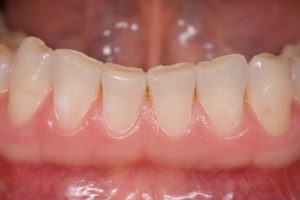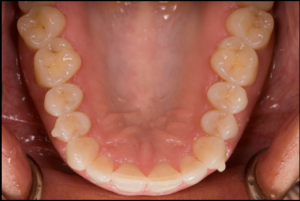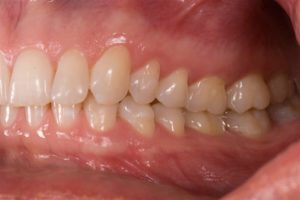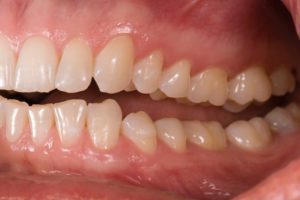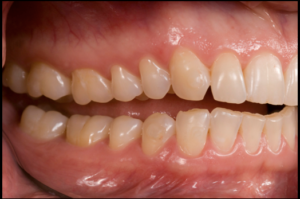The importance of photography in dentistry cannot be underestimated. It has many purposes, for example communication with specialists and laboratories. Insurance companies are also requiring more documentation for major services, such as crowns and photographs aid in the processing of these insurance claims. Its greatest importance, though, is to accurately diagnose conditions.
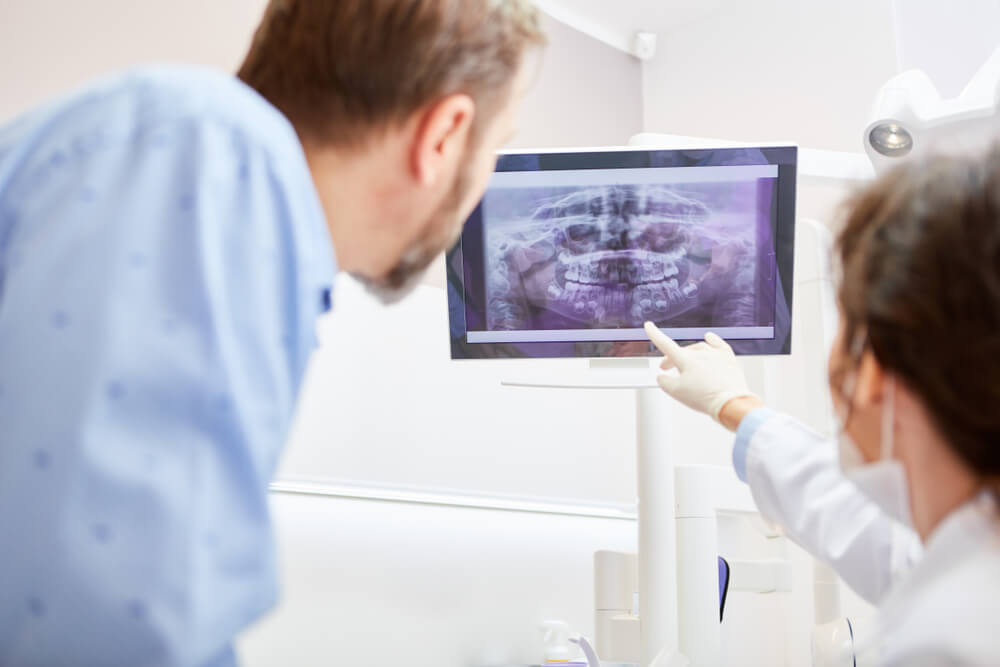
Treatment Planning
Treatment planning starts with a complete examination and complete diagnosis. Diagnostic records should be taken as part of a complete examination. This includes, digital photographs.
One component in the practice of complete dentistry is to predictably restore the upper and lower anterior teeth to ideal function and esthetics. In order to restore anterior teeth to proper function and esthetics, the incisal edge position must first be determined.
Digital photography allows for accurate determination of the incisal edge position, both horizontally and vertically. This process is part of the 16 step (2-D) functional esthetic checklist. Photos used in this checklist also provides the following information:
- Facial-skeletal esthetic concerns
- Diagnosis of a gummy smile (if present)
- Lip closure path
- Emergence profile of upper anterior teeth
- Plane of occlusion
- Texture of existing anterior teeth
- Pre-existing shade
- Smile evaluation
- Soft tissue (gingival architecture) assessment
The Importance of Digital Photography in Dentistry
Photos are an especially important step in the practice of complete dentistry. This method of practice leads Dr. Almaawi to predictable outcomes for their patients. The use of digital photos provides valuable information to be used in the 2-D treatment plan checklist, which helps ensure predictability and functionality. This process cannot be completed without the correct photos.
Once the information gained from the digital photography is transferred to the working models, the final outcome becomes clear and this information is relayed to our patient with confidence. Taking digital photos will allow you to diagnose more effectively.





